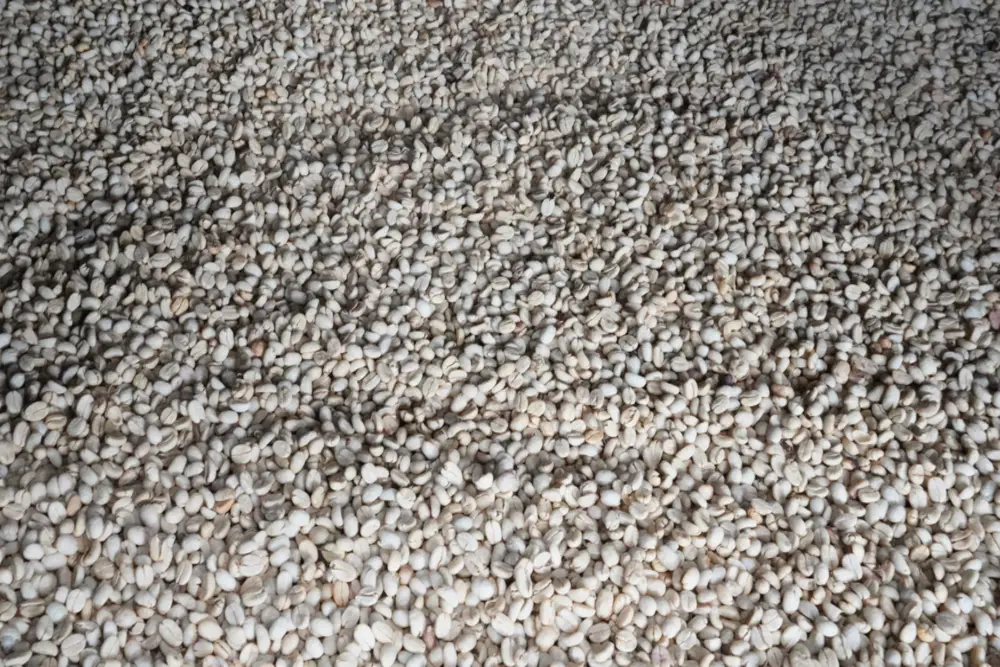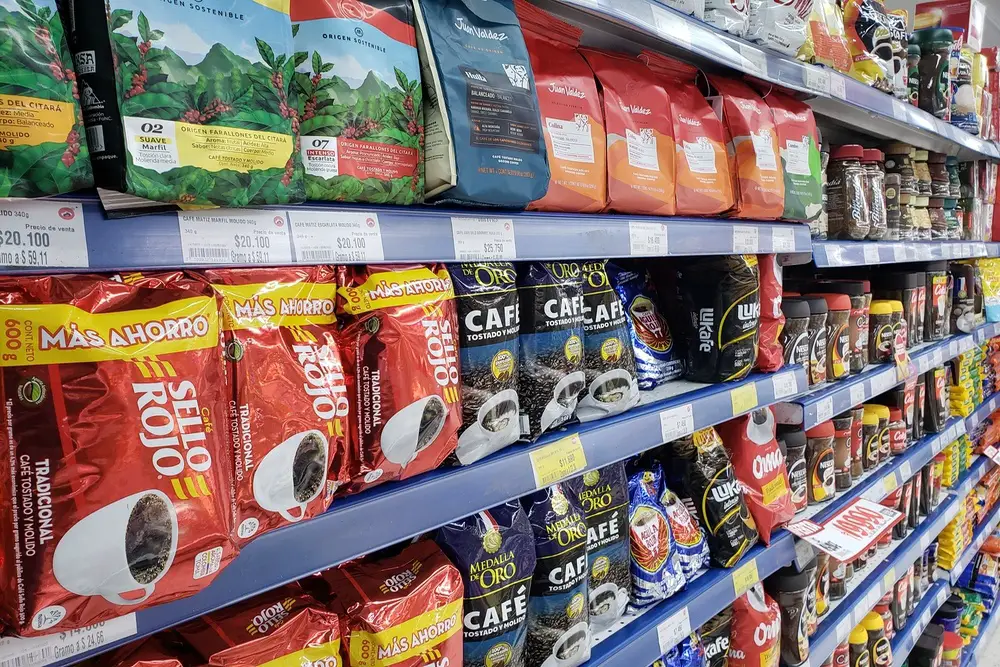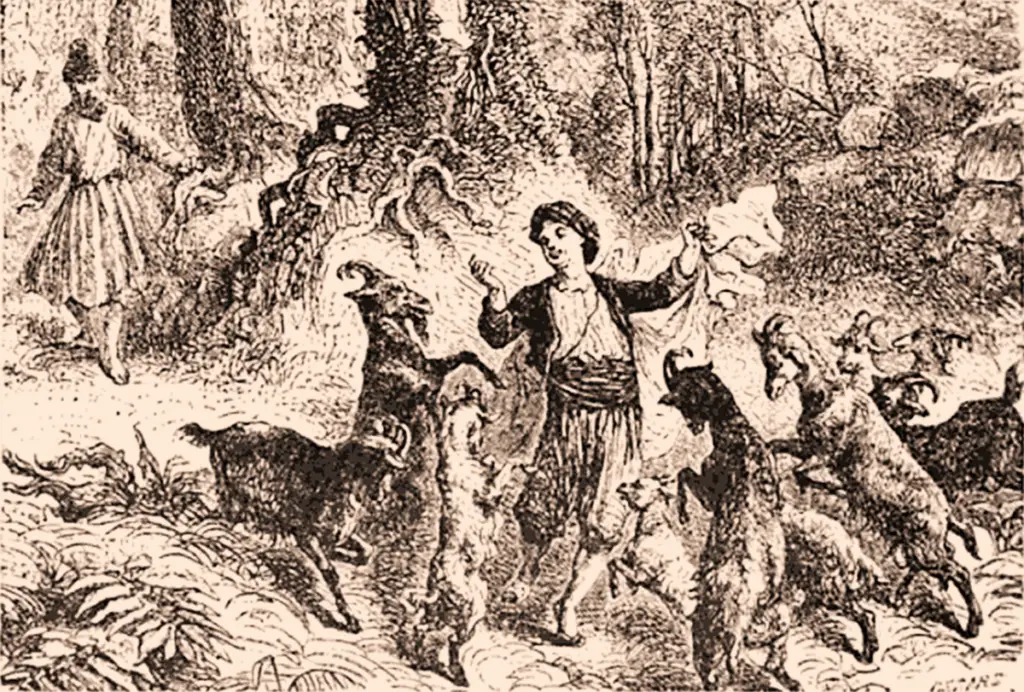Like wine, whiskey and other beverages, coffee can also go through an aging process. It is not enough to keep the purchased coffee for a few months and call it aged.
When Europeans started importing their coffee, it came from Yemen and Africa. It took them a long time to get used to the taste of the old coffee. The coffee later arrived fresher through the Suez Canal and had a different taste, which consumers initially found inedible. While this trend has disappeared over time, it has made a comeback.
Table of Contents
What is aged coffee?
Aged coffee is a type of coffee that has been stored under carefully controlled conditions for a long period of time, often years. Aged coffee differs from flavored coffee in that there is no syrup, artificial flavoring or extracts, so the coffee is actually naturally flavored. This means the coffee doesn’t contain any additives or chemicals that enhance its flavor.
The aromas can be very different and do not always taste the same, as each aging barrel has its own unique aroma that the coffee absorbs.
History of aged coffee
When coffee was first introduced to Europe, a large proportion came from the port of Mocha in Yemen, which was then part of the Ottoman Empire. The ships circumnavigated Africa and stopped at the Cape of Good Hope, so the journey to Europe took a very long time. Arriving at Spanish ports could take months. The same applies to English, Dutch or German ports.
Coffee beans used to sit in port warehouses for months before being shipped. After being transported to ships, the beans were exposed to the high humidity of a long sea voyage. By the time they reached Europe, they had already experienced numerous climate and air changes.
The coffee of that time had a characteristic taste due to the salty air. This was even more evident with the coffee beans from Dutch Indonesia and India, which shipped the rest of the coffee to Europe.
Over time, however, faster and better ships were developed. Thanks to the new ships, fresh coffee was readily available everywhere and the amount of aged coffee declined to the point that the technique was practically abandoned.
In recent years, some coffee farmers have revived this technique, claiming that coffee needs to be aged to reach its full potential and making comparisons to wine.
How is aged coffee made?
Preparing aged coffee is easy, but it takes time and patience for the right flavors to develop. The green coffee beans are stored in barrels that have previously been used to store alcohol and then left to age. Because the kegs still contain the aroma and flavors of the alcohol, the green coffee beans absorb them and create a unique flavor profile.
Proper ripening must occur in a tropical climate so the beans are constantly exposed to moisture. This makes the flavor of the bean as a whole much more intense, but softens it, so you don’t get the flavor of a coffee with intense acidity. The beans are rotated to disperse moisture and allow for an even ripening process. This also prevents mold growth.
The aging process can last 2 to 3 years and allows the beans to change naturally. This is why this type of coffee is so rare, because it is more expensive to store green coffee beans for a long time. However, some specialty coffees can be stored much longer, up to 10 years or more. The length of time the beans mature generally depends on the desired flavor profile. The longer a coffee bean is stored, the more its flavor profile changes.
As green beans mature, the flavors change. If stored correctly, the coffee should not lose its oils, because the oils give the coffee its aroma and taste. After the maturation process, the beans are roasted and are then ready for use.
What does aged coffee taste like?
Not all aged coffees are created equal. Aged coffee is low in acidity, but a true coffee lover will be able to tell it apart from regular roast coffee by a certain depth of flavor that regular coffee doesn’t have.
Different blends of aged coffee taste different, and most have a woody, smoky, or even windy aroma depending on the conditions in which they were aged.
Coffee aged in wooden casks, like wine or whiskey, should have an “oaky” or “woody” flavor. And if the coffee was processed in a cask that contained whiskey or bourbon, then those flavors will come out in your cup.
Another flavor that is gradually appearing is savory. Spicy doesn’t mean like chili, but more like cloves or cinnamon.
Conclusion
A great alternative to artificial flavors, cask-aged coffee adds flavor to the first cup of coffee in the morning and creates a whole new experience.
Whether you like alcohol or are curious about this new coffee trend, cask-aged coffee should be on everyone’s list of things to try.



